Ponderosa Pine Lumber
- July 31, 2023
- 0 comment
Ponderosa Pine (Pinus ponderosa) lumber is a highly sought-after softwood renowned for its exceptional versatility, alluring appearance, and user-friendly characteristics. With a wide range of applications, it is a favored choice in the realms of construction, woodworking, and interior design. Its popularity stems from its desirable properties, including moderate strength, which provides adequate support for various structural elements, and its relatively light weight, making it easier to handle and transport during construction.
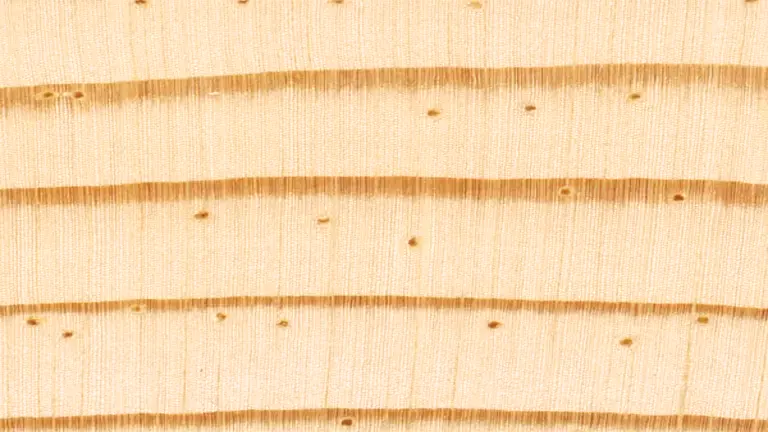
Moreover, Ponderosa Pine’s captivating pale to light brown color, often accentuated with hints of reddish or yellowish tones, adds aesthetic appeal to finished projects. The wood’s straight or occasionally wavy grain and medium to fine texture further enhance its visual allure, making it a preferred option for a plethora of design styles.
The ease of working with Ponderosa Pine is a significant advantage for craftsmen and DIY enthusiasts alike. Whether using hand tools or machinery, this lumber cuts smoothly and effortlessly, while its excellent nailing and screw-holding properties ensure sturdy and reliable assembly. Additionally, Ponderosa Pine excels in gluing and finishing applications, allowing for endless creative possibilities in woodworking projects. This wood’s versatility extends beyond functional uses, as it finds a place in interior trim, cabinetry, and furniture, where its natural beauty can shine through.
| Common Name(s) | Ponderosa Pine, Western Yellow Pine |
|---|---|
| Scientific Name | Pinus ponderosa |
| Distribution | Western United States (from Canada to Mexico) |
| Tree Size | Height: 60-125 ft (18-38 m), Diameter: 2-4 ft (0.6-1.2 m) |
| Average Dried Weight | 28 lbs/ft3 (450 kg/m3) |
| Specific Gravity | 0.45 |
| Janka Hardness | 460 lbf (2,050 N) |
| Modulus of Rupture | 9,000 lbf/in2 (62 MPa) |
| Elastic Modulus | 1,200,000 lbf/in2 (8.28 GPa) |
| Crushing Strength | 5,950 lbf/in2 (41 MPa) |
| Shrinkage | Radial: 4.7%, Tangential: 7.8%, Volumetric: 12.8%, T/R Ratio: 1.7 |
Characteristics:
Color/Appearance:
Ponderosa Pine lumber’s pale to light brown color, often accompanied by hints of reddish or yellowish hues, imparts a warm and inviting aesthetic. What sets it apart is the lack of distinct heartwood and sapwood boundaries, resulting in a uniform appearance that appeals to both contemporary and traditional design sensibilities. The wood’s natural variations add character to finished projects, making each piece unique.
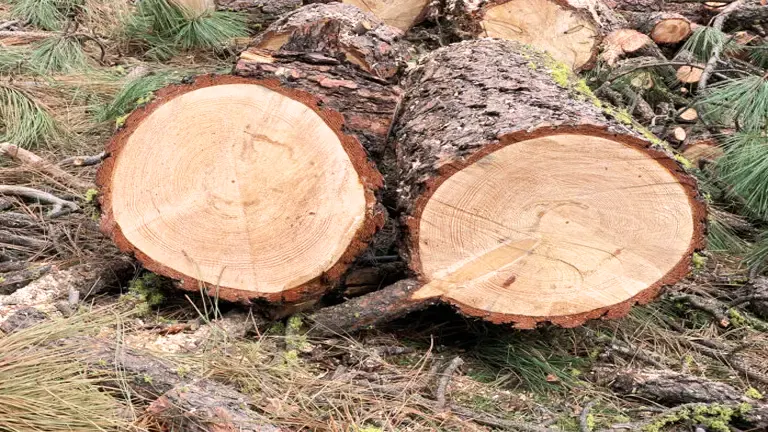
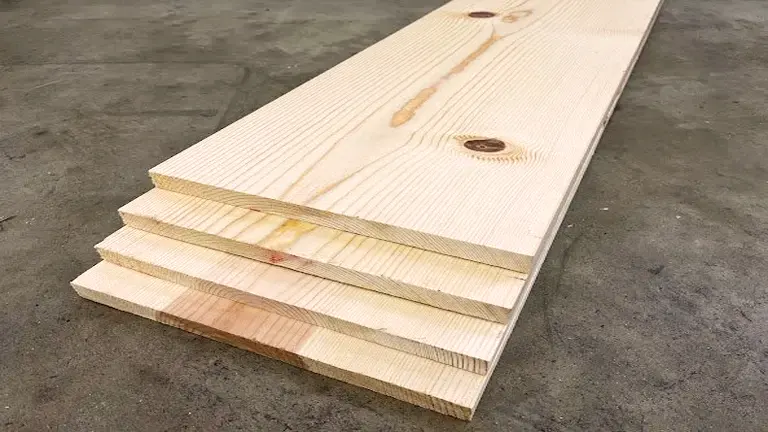
Grain/Texture:
The grain of Ponderosa Pine is primarily straight, providing a clean and elegant look to the woodwork. Occasionally, the grain can exhibit subtle waves or irregular patterns, which can enhance visual interest in certain applications. The medium to fine texture contributes to a smooth surface after finishing, ensuring that the wood showcases a seamless, polished appearance when used in cabinetry, furniture, or interior trim.
Rot Resistance:
Ponderosa Pine is not naturally resistant to decay or insect attacks, and it is crucial to protect it adequately for outdoor use. Proper sealing and treatment are essential to enhance its durability and prolong its lifespan when exposed to weather and moisture. However, when used indoors or in protected environments, Ponderosa Pine exhibits excellent longevity with proper maintenance.
Workability:
One of the standout features of Ponderosa Pine is its exceptional workability, which makes it a favorite among woodworkers of all levels. It cuts cleanly with both hand and machine tools, allowing for precise and intricate detailing. The wood’s favorable nailing and screw-holding properties ensure secure and reliable assembly, while its ability to glue and finish well opens up a broad array of creative possibilities in woodworking projects.
Odor:
When freshly cut, Ponderosa Pine emits a resinous scent that is often regarded as pleasant and aromatic. This characteristic aroma can add a sensory element to the woodworking experience, contributing to the overall appeal of using this lumber in various projects.
Allergies/Toxicity:
Ponderosa Pine is generally considered non-toxic, and no severe allergic reactions have been reported. However, like many other wood species, some individuals may experience mild skin and respiratory irritation when working with the wood. Standard safety precautions, such as using proper protective equipment, should be followed during woodworking activities.
Pricing/Availability:
Ponderosa Pine lumber is notably affordable and widely accessible, especially in regions where the tree is native, such as the Western United States. Its abundant availability ensures that it remains a cost-effective option for a wide range of woodworking and construction projects.
Sustainability:
Ponderosa Pine is considered an environmentally sustainable choice. It is commercially planted and responsibly harvested, ensuring that forest ecosystems are well-managed and protected for the long term. Choosing Ponderosa Pine lumber helps support responsible forestry practices and contributes to the conservation of natural resources.
Common Uses:
Ponderosa Pine finds extensive use in various indoor applications, including cabinetry, interior trim, and furniture, where its attractive appearance and ease of working make it a favored choice. Additionally, it is a popular option in construction for framing, sheathing, and siding, due to its moderate strength and manageable weight. The wood is also utilized in the manufacturing of plywood and other engineered wood products, further highlighting its versatility in the woodworking industry.
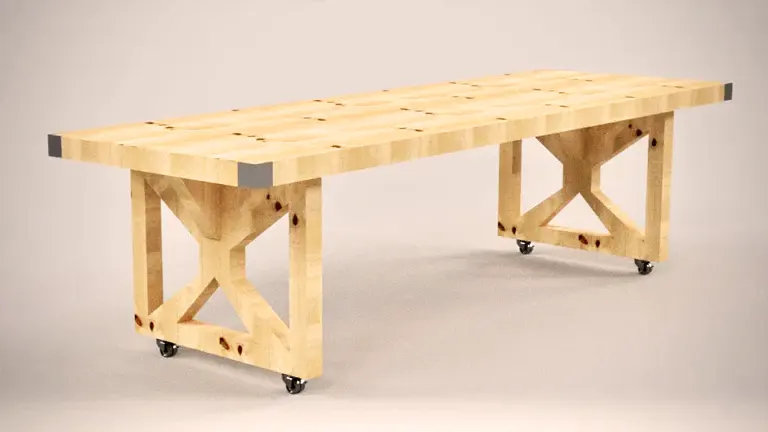
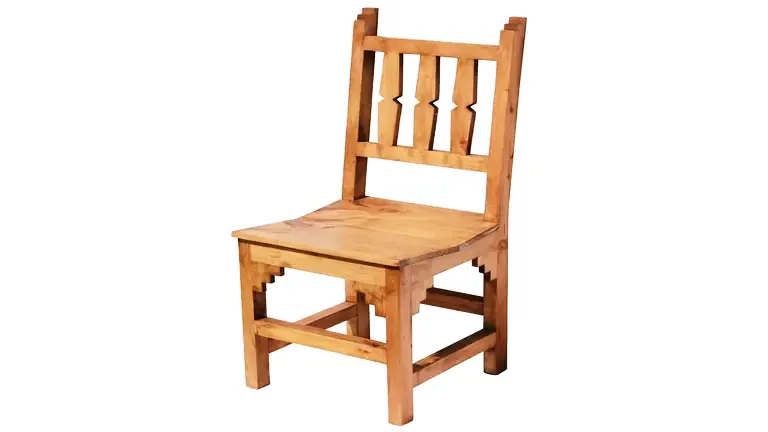
FAQs:
- Is Ponderosa Pine suitable for outdoor projects?
While Ponderosa Pine is not naturally resistant to decay and insects, it can be used for outdoor projects if adequately treated and protected with preservatives. - What makes Ponderosa Pine an excellent choice for woodworking?
Ponderosa Pine’s ease of workability, combined with its attractive appearance and moderate strength, makes it a preferred option for a wide range of woodworking projects. - Is Ponderosa Pine a good structural lumber?
Ponderosa Pine’s strength characteristics make it suitable for various structural applications, especially when used in smaller-scale constructions. - How does Ponderosa Pine compare to other pine species?
Ponderosa Pine is generally stronger and heavier than Eastern White Pine but lighter and weaker than Southern Yellow Pine species. - Can Ponderosa Pine be stained or painted easily?
Yes, Ponderosa Pine takes stain and paint well, allowing for easy customization to match different interior design styles. - Is Ponderosa Pine sustainable for the environment?
Yes, Ponderosa Pine is considered a sustainable choice, as it is grown and harvested responsibly to ensure the long-term health of forests.



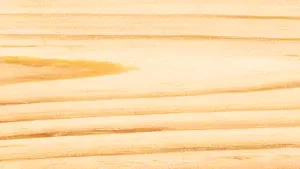
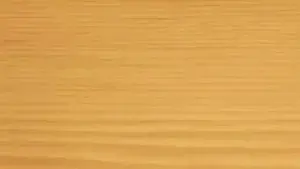
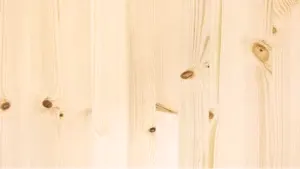
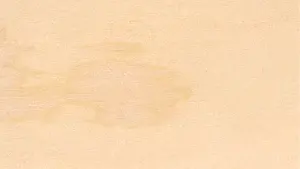
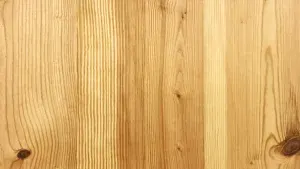
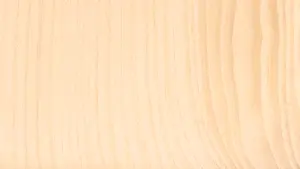
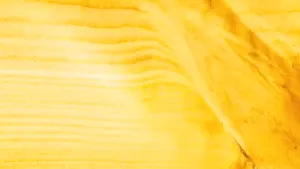

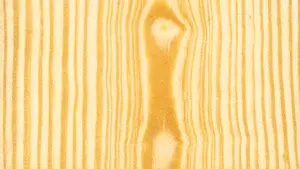
Leave your comment